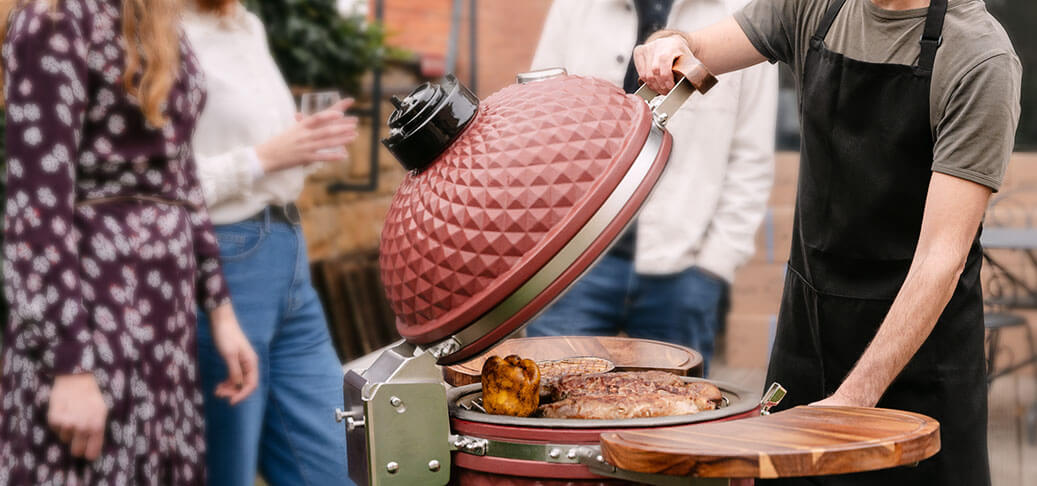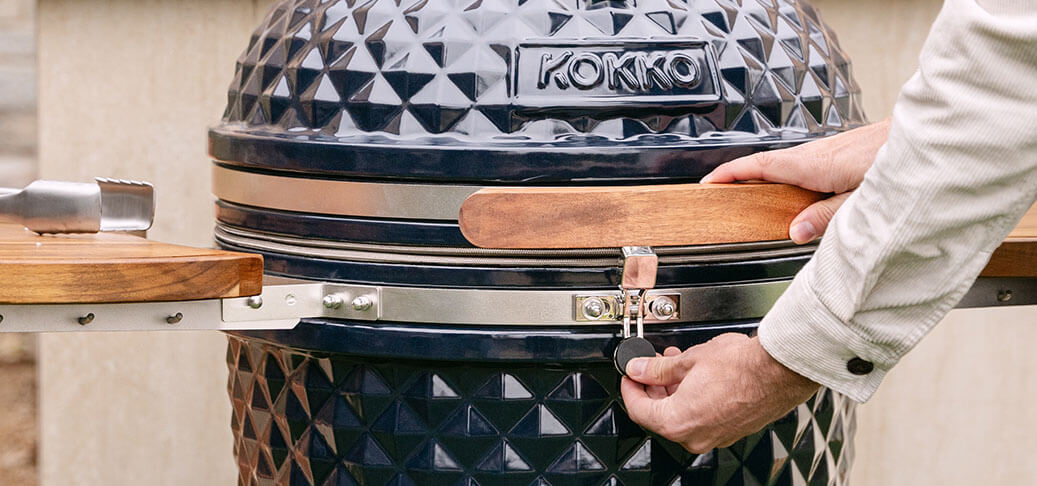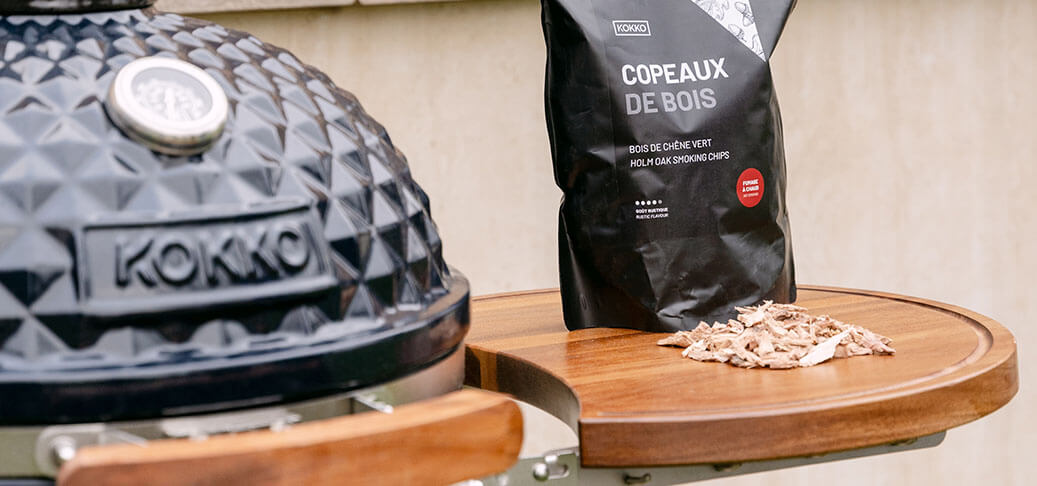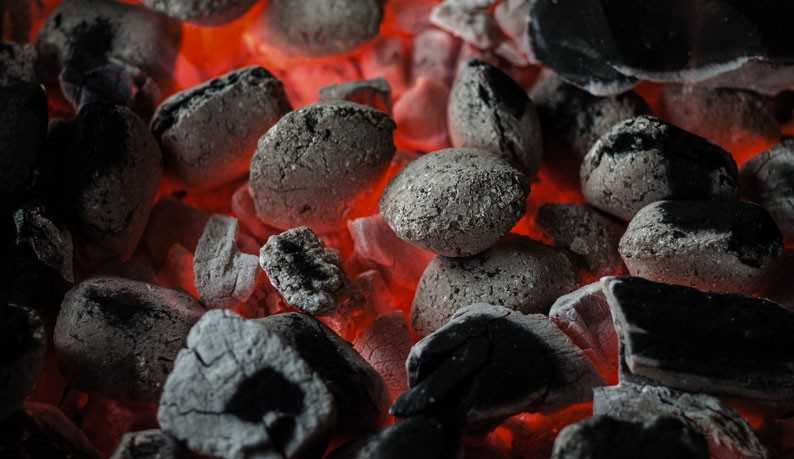
While the barbecue is a hit during the summer season each year, controversies concerning the potential risks associated with charcoal cooking regularly resurface. On the other hand, poor quality charcoal, which disintegrates quickly and does not heat up sufficiently, transforms its BBQ party into an impossible mission to succeed in grilling its food properly. Types of charcoal, essential criteria to observe, possible risks and how to avoid them? Let's take stock.
Why can charcoal be harmful to health?
Generally speaking, any burning material can be carcinogenic because of polycyclic aromatic hydrocarbons (PAHs) and heterocyclic amino acids (HCAs): two molecules formed at very high temperatures. They can form in particular during direct contact of food on the flames. Inhaled or ingested, these toxic molecules are then carcinogenic. However, if we respect some safety rules, the risk is then very low. Several studies on this subject, carried out by the National Agency for Food, Environmental and Occupational Health Safety (Anses), have shown that the risk of overexposure to these molecules is "quite limited".
How to limit toxic risks with charcoal?
In order to prevent these chemical compounds from forming, the food must be placed at a reasonable height (about 10cm) from the fire, so that the cooking is carried out by the heat of the embers and not by the flames. The temperature should then be around 220°.

The criteria to respect for choosing a good charcoal
The charcoal can be made from different types of wood, and it goes without saying that the wood plays a vital role in cooking, just as it does when smoking on the barbecue. If you want to smoke your food on the Kokko, follow our practical guide!
1 - A purified charcoal
To ensure you're buying quality charcoal, it's best to choose refined charcoal rather than ordinary charcoal. It will then be purer, meaning it will contain as little organic matter, moisture, and tar as possible, resulting in much better combustion. Its carbon content must be greater than 80%. To be sure, just take a look at the information on the package.
In addition, the larger the pieces, the less dust they contain and the easier they will light.
2 - Hardwood or softwood?
For grilling vegetables, fish, tender meats, or plant-based substitutes if you're preparing a vegetarian barbecue, it's best to opt for charcoal made from softwood, which will light more easily and reach high temperatures quickly. These types of charcoal are sold by the liter.
If you want to grill larger pieces for longer cooking times, or in larger quantities, charcoal made from hardwood is particularly recommended. It may be more difficult to light, but it will heat for a longer time. These types of hardwood charcoal are sold by the kilo.
Generally, to ensure you choose a quality charcoal, it is best to look for charcoal stamped "restaurant quality charcoal" or "artisanal barbecue charcoal."
3 - Check the origin of the charcoal
Finally, be mindful of the origin of the charcoal you buy. Charcoal from abroad is often linked to significant issues such as deforestation or labor exploitation. Prioritize charcoal from France. In addition, some brands even sell charcoal "from sustainably managed French forests." To make the right choice, two labels ensure that the wood used is sustainably sourced: FSC and PEFC.
More ecological alternatives to charcoal?
It is perfectly possible not to use charcoal for your barbecue. Alternative fuels are available on the market. These include coconut shells, vine shoots, corn cobs and olive pomace. More environmentally friendly, they will also add flavour to your grills, although they will not last as long as wood thistle.
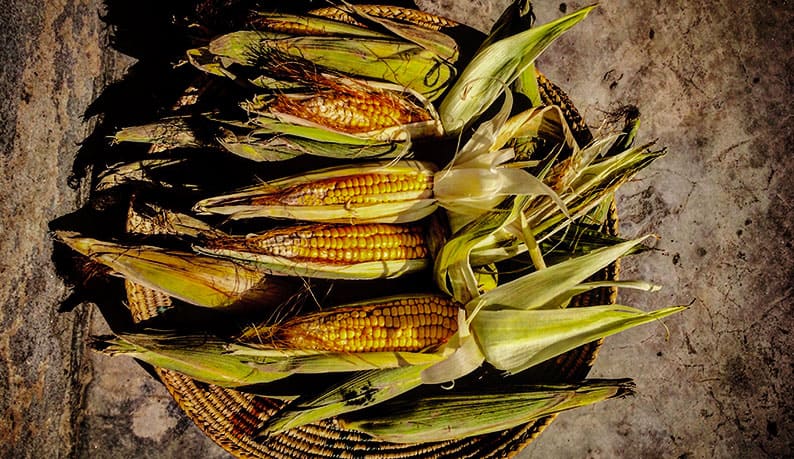
Wondering what accessories you need to save money and optimize the ignition of your charcoal?
The stainless steel coal basket for your charcoal
The ash extractor with accacia handle to remove ash from the kamado
Thegas lighter to avoid any risk of burns
You can also change your cast-iron plate with holesavailable in 3 sizes!
Now that you know which charcoal to choose for your next BBQ party, get up to date by discovering the food trends for 2020 !
